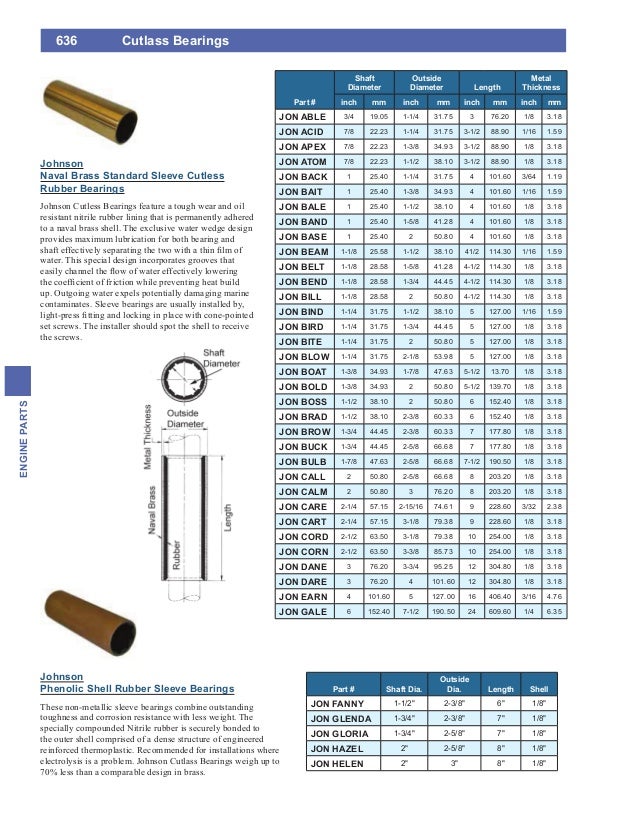Alisske
Senior Member
It looks like your prop nuts are reversed. The full height nut goes on second and the half height nut goes on first. As you tighten the second nut it unloads the first nut somewhat. Unless I am not seeing the photo correctly, it is hard to see exactly.
Thank you. Ill check it out. I just got a new prop shaft and thats the way it came from the prop shop. But thanks for looking out.

